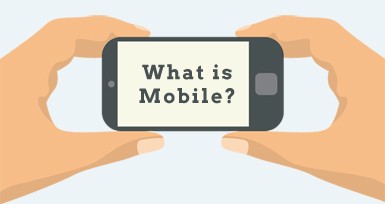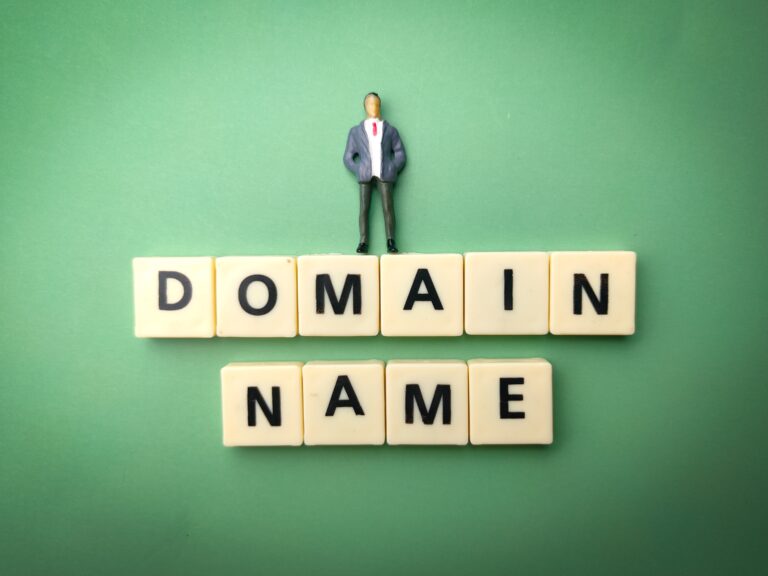 Mobile is quickly becoming the number one way that consumers interact with businesses, but effectively marketing to mobile consumers is a challenge. If your marketing tactics aren’t optimized for the mobile on-the-go consumer, they won’t give you a second chance. So what is “mobile” anyway? In reality, “mobile” refers to any channel where you can reach a consumer through a mobile device, like a feature phone, smartphone, or tablet, for example. Today, there are now more Internet-connected devices than there are people on the planet, and the average US home has 6 connected mobile devices that range in use from entertainment, to utility, to communication, to shopping. Before smartphone adoption tipping point of the past 18 months, “mobile” meant an array of different marketing tactics with varying degrees of ineffectiveness:
Mobile is quickly becoming the number one way that consumers interact with businesses, but effectively marketing to mobile consumers is a challenge. If your marketing tactics aren’t optimized for the mobile on-the-go consumer, they won’t give you a second chance. So what is “mobile” anyway? In reality, “mobile” refers to any channel where you can reach a consumer through a mobile device, like a feature phone, smartphone, or tablet, for example. Today, there are now more Internet-connected devices than there are people on the planet, and the average US home has 6 connected mobile devices that range in use from entertainment, to utility, to communication, to shopping. Before smartphone adoption tipping point of the past 18 months, “mobile” meant an array of different marketing tactics with varying degrees of ineffectiveness:
- SMS/MMS Messaging: This was an early and cheap form of mobile marketing. The marketer essentially sends a mass text message to thousands or millions of phone numbers, hopefully who have opted in for such communications, with a link or a promotional code or a call-to-action. Unfortunately, spammers have eroded trust and privacy among consumers and have all but destroyed this as a viable marketing channel.
- QR Codes: This much maligned marketing tactic was represented with a printed square black and white bar code that, once scanned, took the consumer to a website through their mobile browser (assuming they had a special app on their phone that could read such a code). While marketers hailed this tactic as a connection between the web and the real world, the clunky experience and general lack of value for the consumer have caused this particular tactic to be viewed as a bit of an ineffective mobile marketing dinosaur.
- NFC: Near-frequency communications (NFC) was also met with great hype, and still today enjoys some very specific use cases around mobile payments. Big investments from big players in the financial services space gave this technology additional street cred, but the huge costs of implementation and maintenance prevented businesses from truly adopting NFC as a form of marketing.
- Mobile Ad Banners: Display ads, banners, and native advertising on mobile devices takes any number of shapes and forms, and it is (some would argue) a necessity of any large-scale digital marketing strategy. However, nearly all consumers ignore mobile banner ads, and they have a dismal average clickthrough rate (the number of impressions before someone actually clicks an ad) of 0.2%.
Now, with 55% of internet usage coming from mobile devices (according to comScore) combined with the fact that the mobile technologies have dramatically improved over the past few years, we’re now dealing with a wholly different mobile landscape than we were when the four tactics above. The new, more effective mobile marketing landscape is comprised of these four channels:
- Site & Search: This is the mobile web browser, your website, and how people discover you through organic and paid search. Creating an optimal site experience, both for your customers and for search engines, and making the site easily discoverable through search engine marketing is critical to your success.
- Social Media: Having a presence on key social media sites, like Facebook and LinkedIn (among others, depending on your business) is also crucial to mobile discovery of your products and services, as these are channels dominated by mobile traffic. By building up a social advocacy base (fans, followers, etc.), you’re more readily able to generate earned media, or virality, around your business.
- Native Mobile Apps: Of the 55% of internet usage coming from mobile devices, 47% of it comes directly through native mobile apps, like social networking apps, games, and utilities, which is a huge majority. And consumers are very comfortable with downloading apps onto their devices; the average person has between 30 and 40 on their device.
- Location-Based Services: The arena of location-based services (LBS) has dramatically changed in 2014 with the adoption of Bluetooth LE, which is a low-energy way for connected devices to communicate with one another. Beacon technology is already starting to change the way businesses communicate with consumers in the real world.
But the above new mobile marketing channels are not without their challenges:
- Site & Search: It’s incredibly expensive and time consuming to constantly redesign your website for new devices, new technology standards, and to integrate with new tools.
- Social Media: Managing the array of social presences that your business may have takes a huge amount of resources, and it’s difficult to measure effectiveness.
- Native Mobile Apps: Building a mobile app for your business from scratch can take a dozen months or more, and it can be wildly expensive. Then, once you have one built, discoverability of native mobile apps in stores like the Apple iTunes Store or Google Play Store is difficult. And if you ever want to update the content of the app, you’ll need to publish an updated version to the app stores, and you’ll need to get all of your current users to download the new version – a feat in and of itself.
- Location-Based Services: While new and exciting technology, like Bluetooth LE, has sprung onto the scene in recent years, full consumer adoption is not yet there. And cutting edge businesses that use location and proximity to deliver marketing messages have a hard time managing and measuring those communications because few all-in-one tools exist.
As businesses get savvier with their mobile marketing strategy and tactics, they will increasingly scour the landscape for tools that simplify these channels and make it easy to not only manage mobile marketing activities, but also measure and optimize them over time. There are several full-suite mobile marketing solutions that attempt to solve for the big challenges inherent in each of those four new mobile marketing channels; one of those solutions, MEG.com, aims to be the easiest to use and most effective.
About the Author:
Jed Singer is the VP of Product Marketing for MEG.com, the only suite of mobile marketing apps that help business connect, manage, and optimize all of their mobile marketing channels. Jed has led successful social and mobile engagements for brands across many verticals, including P&G, HBO, MasterCard, AB-InBev, and Toys ‘R Us.
Try MEG for your business today at MEG.com. MEG, the Mobile Engagement Gateway, is an innovative marketing product built by Stuzo, a Philadelphia-based interactive software development firm serving large brands and agencies.





